are all 250 watt metal halide bulbs the same ?
GreggGJG
9 years ago
Related Stories
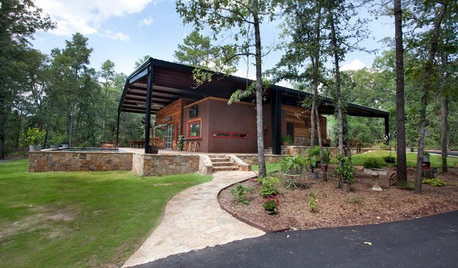
HOUZZ TOURSHouzz Tour: Under a Metal Canopy in Texas
New technology, reclaimed materials and an enormous protective roof combine in this Hawkins home for irresistible modern rustic charm
Full Story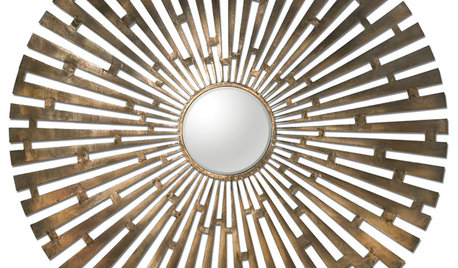
SHOP HOUZZHouzz Products: Luxuriate in New Looks for Warm Brass
Add the muted tones of vintage brass to your modern metal mix
Full Story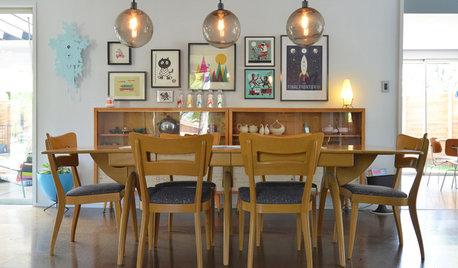
LIGHTINGPersonal Spaces: Homeowners Work Their Pendant Lights
See how all kinds of rooms are getting a lift from hanging lights, both budget-friendly and glam
Full Story
LIGHTINGThe Lowdown on High-Efficiency LED Lighting
Learn about LED tapes, ropes, pucks and more to create a flexible and energy-efficient lighting design that looks great
Full Story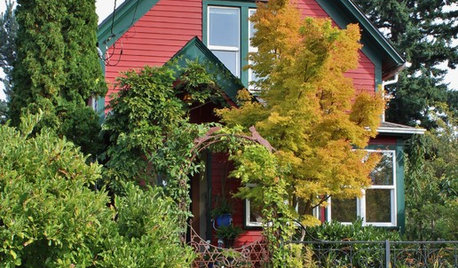
HOUZZ TOURSMy Houzz: A Musical Couple's Home Strikes a Personal Chord
Light, glass and many musical instruments animate this 1905 bucolic Washington farmhouse
Full Story
LIGHTINGWhat to Know About Switching to LED Lightbulbs
If you’ve been thinking about changing over to LEDs but aren't sure how to do it and which to buy, this story is for you
Full Story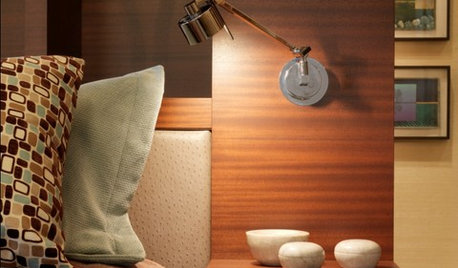
LIFEReading in Bed Comes Out From Under the Covers
No more sneaking a flashlight beneath the sheets. Grown-up bedtime reading deserves grown-up lighting and other bedside amenities
Full Story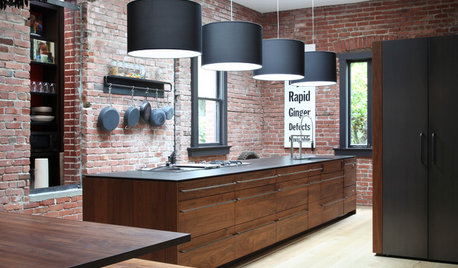
LIGHTING15 Ways to Create Drama With Light Fixtures
Use lights as artful decorating elements, and watch them draw attention for more than their ability to illuminate
Full Story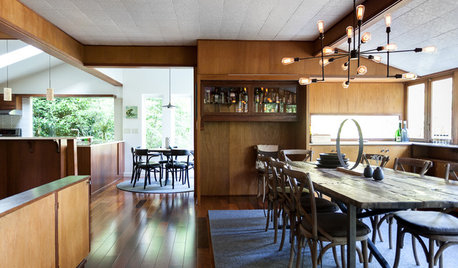
LIGHTING12 Ways to Give Your Dining Room a Warm Glow
Create a delicious ambience for your gatherings with these chandeliers, pendants and other lighting fixtures
Full Story
GREEN BUILDINGLet’s Clear Up Some Confusion About Solar Panels
Different panel types do different things. If you want solar energy for your home, get the basics here first
Full StorySponsored
More Discussions






rufledt
Hermitian
Related Professionals
Carlisle Landscape Architects & Landscape Designers · Belmont Landscape Architects & Landscape Designers · Cary Landscape Architects & Landscape Designers · Tempe Landscape Contractors · Fuquay-Varina Landscape Contractors · Hampton Bays Landscape Contractors · Hendersonville Landscape Contractors · Longview Landscape Contractors · Mount Kisco Landscape Contractors · Shenandoah Landscape Contractors · Cutler Bay Fence Contractors · Lakewood Fence Contractors · Lexington Fence Contractors · Frisco Roofing & Gutters · Damascus Roofing & GuttersGreggGJGOriginal Author
Hermitian